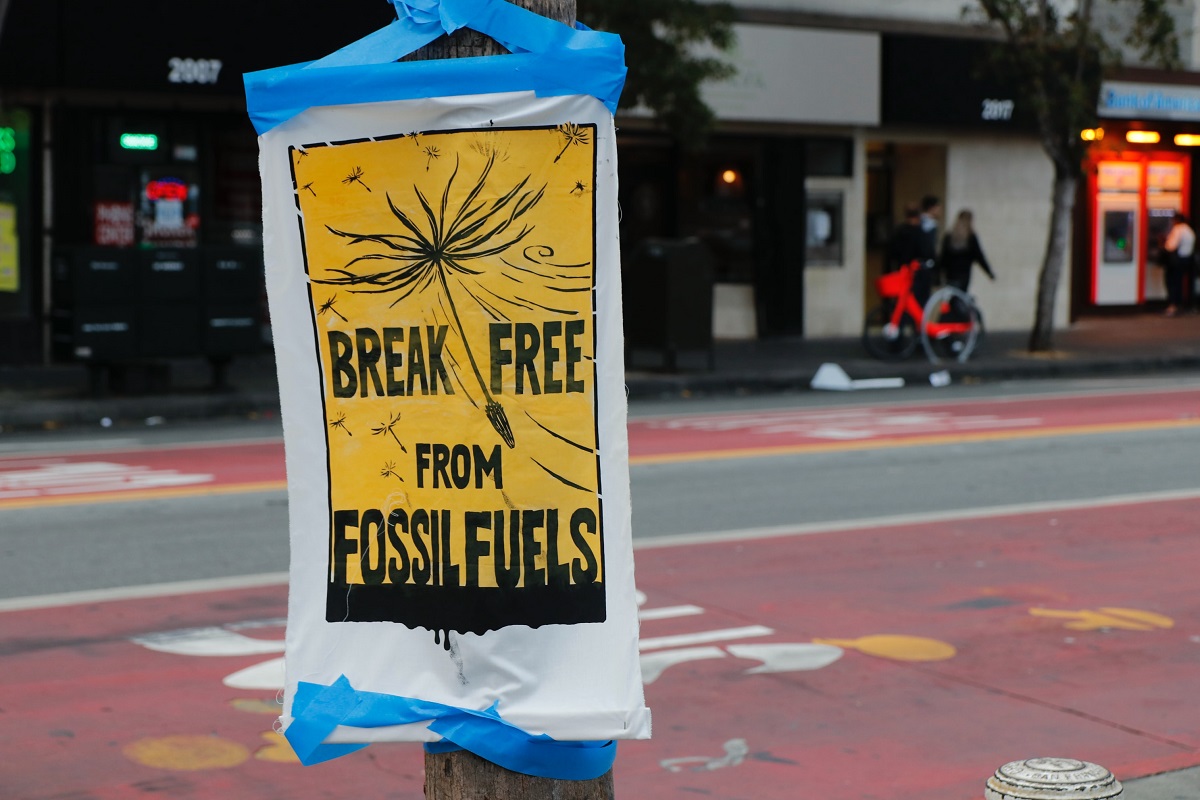According to new studies, the hydrogen market might be worth $1 trillion per year by 2050 as it becomes recognized as a critical energy source in the shift away from fossil fuels and toward cleaner alternatives. Hydrogen could become a major part of the energy supply in the coming years, as more energy companies and governments invest in hydrogen projects, Nasdaq informs.
If current investment patterns in the energy source continue, hydrogen is projected to be extremely valuable in the future. Hydrogen is produced in a number of places across the world, however, the methods used vary greatly. Many oil and gas companies manufacture grey or blue hydrogen by converting waste carbon from fossil fuels into hydrogen. However, gas operations are still required.
However, following two years of epidemic and the COP26 climate meeting, numerous nations are planning to invest in green hydrogen, which is produced by electrolysis of water.
Nasdaq reports that Michele DellaVigna, commodity equity business unit leader for the EMEA region at Goldman Sachs, explained, “If we want to go to net-zero we can’t do it just through renewable power.” And “we need something that takes today’s role of natural gas, especially to manage seasonality and intermittency, and that is hydrogen.” He also highlighted the plethora of potential uses for hydrogen, “We can use it for heavy transport, we can use it for heating, and we can use it for heavy industry.”
Hydrogen would have to account for about 15% of the world energy market to meet this $1 trillion-per-year projection. Hydrogen production is expected to rise significantly over the next years, as oil corporations see hydrogen as a method to lessen their carbon footprint by deploying carbon capture and storage (CCS) technology to convert carbon waste into useable energy. Government and energy sector investment in hydrogen markets and green hydrogen projects, which are springing up all over Europe and Asia, will bolster this.
In its 2019 study on the Future of Hydrogen, the International Energy Agency (IEA) forecasted the expansion of the hydrogen industry a long time ago. Since 1975, global hydrogen consumption has climbed thrice, with 6% of natural gas and 2% of coal being used to produce hydrogen in 2019. It did, however, criticize the industry’s excessive amount of carbon emissions.
Namibia has great ambitions for a new green hydrogen factory, in addition to European and Middle Eastern countries that are establishing hydrogen markets. The hydrogen factory will be built in the Erongo region at a cost of $18 million, with work starting this year and expected to be completed in 2023.
Another nation trying to boost hydrogen production is India, which has implemented new legislation to integrate hydrogen into the energy supply. The government’s new Green Hydrogen Policy is in response to India’s National Hydrogen Mission, which seeks to turn the nation into a green hydrogen powerhouse while also reducing carbon emissions.
By 2030, India wants to create five million metric tons of renewable hydrogen annually. The new regulation makes it easier for green hydrogen producers to source renewable energy or start their own projects by removing certain fees and simplifying the licensing process.

